Kitchen Guides
Acrylic vs Laminate: Which Finish is Best for Kitchen Cabinets?
Find the answer here for an age-old dilemma for Indian kitchens
Acrylic and laminate finishes have emerged as the most popular finishes for kitchen cabinets because of their superlative qualities. Factors like aesthetic appeal, pricing, durability and the number of users working in the kitchen play a key role in deciding between these two finishes. Here are the pros and cons of both these finishes so that you can make the best choice for your kitchen cabinets.
Pros
- The highly reflective surface of acrylic imparts a very sophisticated look to the kitchen, which makes it look and feel bigger. It does not lose its sheen for years.
- Acrylic has a high-gloss finish and is available in a wide range of vibrant colours.
- Acrylic does not fade, thanks to its high resistance to UV light.
- Cabinets with acrylic finish are easy to maintain and can easily be cleaned with warm soapy water.
- This material is non-toxic and highly resistant to moisture.
Cons
- Acrylic-finish cabinets need regular cleaning because they show smudges and fingerprints easily.
- Acrylic cabinets are much costlier than laminated cabinets.
- Additionally, acrylic finish cabinets are prone to scratches and need to be handled carefully. It is not advisable to use acrylic if your kitchen is prone to rough use.
- Some homeowners do not find the plastic look of acrylic cabinets very appealing.
Laminate finish
Laminate-finish cabinets are used for both conventional (carpentered) as well as modular kitchen cabinets. Laminate is made up of layers of paper and plastic resin sheets pressed together.
They are categorised as high-pressure laminates, used on plywood, and low-pressure laminates that are used on MDF or particle board.
How to Measure Your Kitchen Cabinets
Laminate-finish cabinets are used for both conventional (carpentered) as well as modular kitchen cabinets. Laminate is made up of layers of paper and plastic resin sheets pressed together.
They are categorised as high-pressure laminates, used on plywood, and low-pressure laminates that are used on MDF or particle board.
How to Measure Your Kitchen Cabinets
Pros
- Laminates come in multiple options of colours and finishes, such as glossy, matte, ultra high gloss, and natural textures that simulate the look and feel of wood or stone.
- Laminates are highly durable and can easily withstand wear and tear.
- Laminates are resistant to moisture, UV light, heat and scratches.
- Laminates are very cost-effective and budget-friendly compared to acrylic finishes.
- Laminates are easy to maintain and can be easily cleaned by regular wiping.
Cons
What’s the Best Material for Kitchen Cabinets?
8 Incredible Types of Kitchen Cabinet Doors and Drawers
Tell us:
What is your preference between acrylic and laminate finish and why? Let us know in the Comments section below.
- One drawback with most laminates is that they have the tendency to chip; and once chipped, it is not possible to repair them again.
- Laminates have less gloss in comparison to acrylic.
- Dirt, stains and fingerprints are easily visible on gloss-finish laminates. Therefore, matte-finish laminates, which are comparatively maintenance-free, are often preferred for the kitchen.
What’s the Best Material for Kitchen Cabinets?
8 Incredible Types of Kitchen Cabinet Doors and Drawers
Tell us:
What is your preference between acrylic and laminate finish and why? Let us know in the Comments section below.




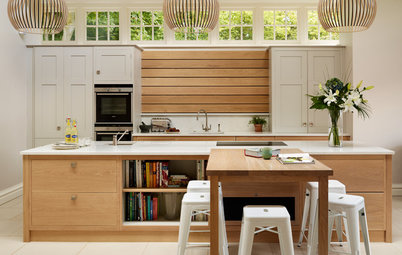
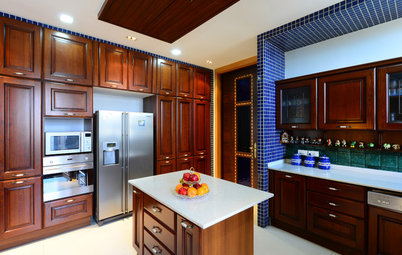
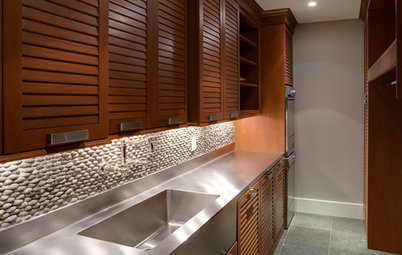
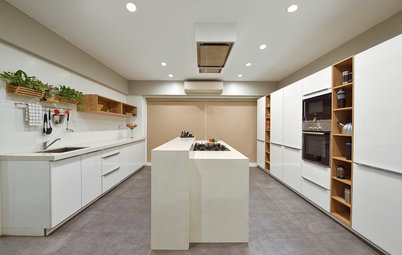
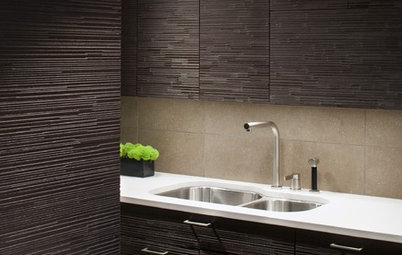
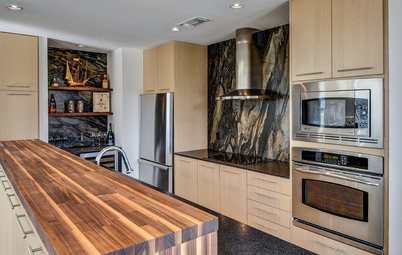
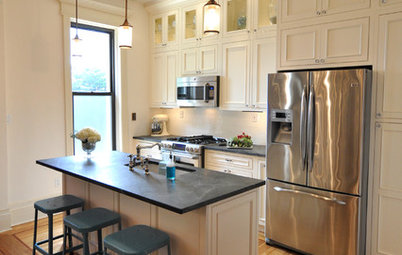
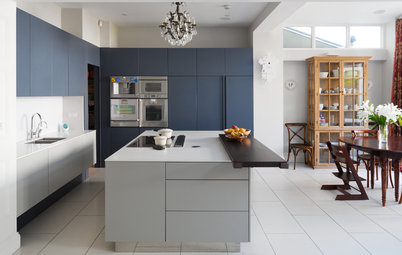
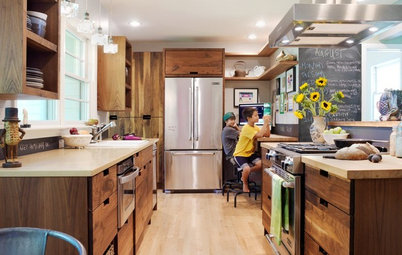
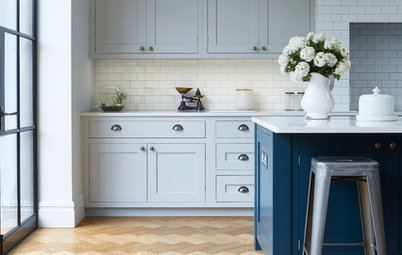
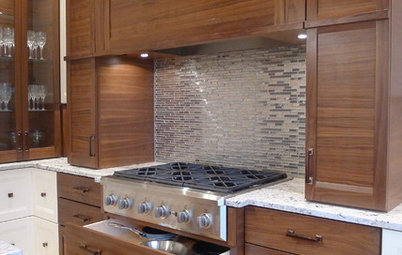
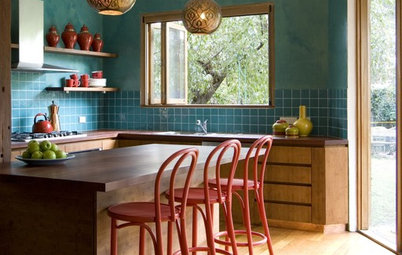
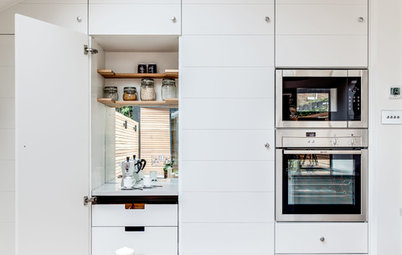
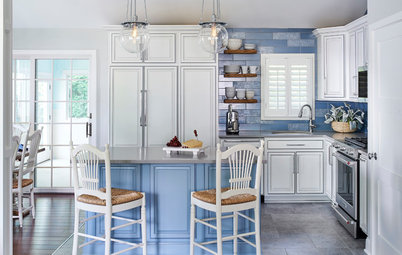
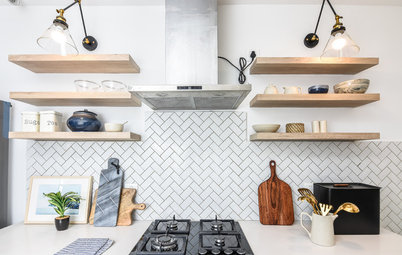
Acrylic is a trending new material that is primarily used in modular kitchens because it imparts a high-end modern look. An acrylic finish is made of plastic resins and it is readily available in the form of sheets.